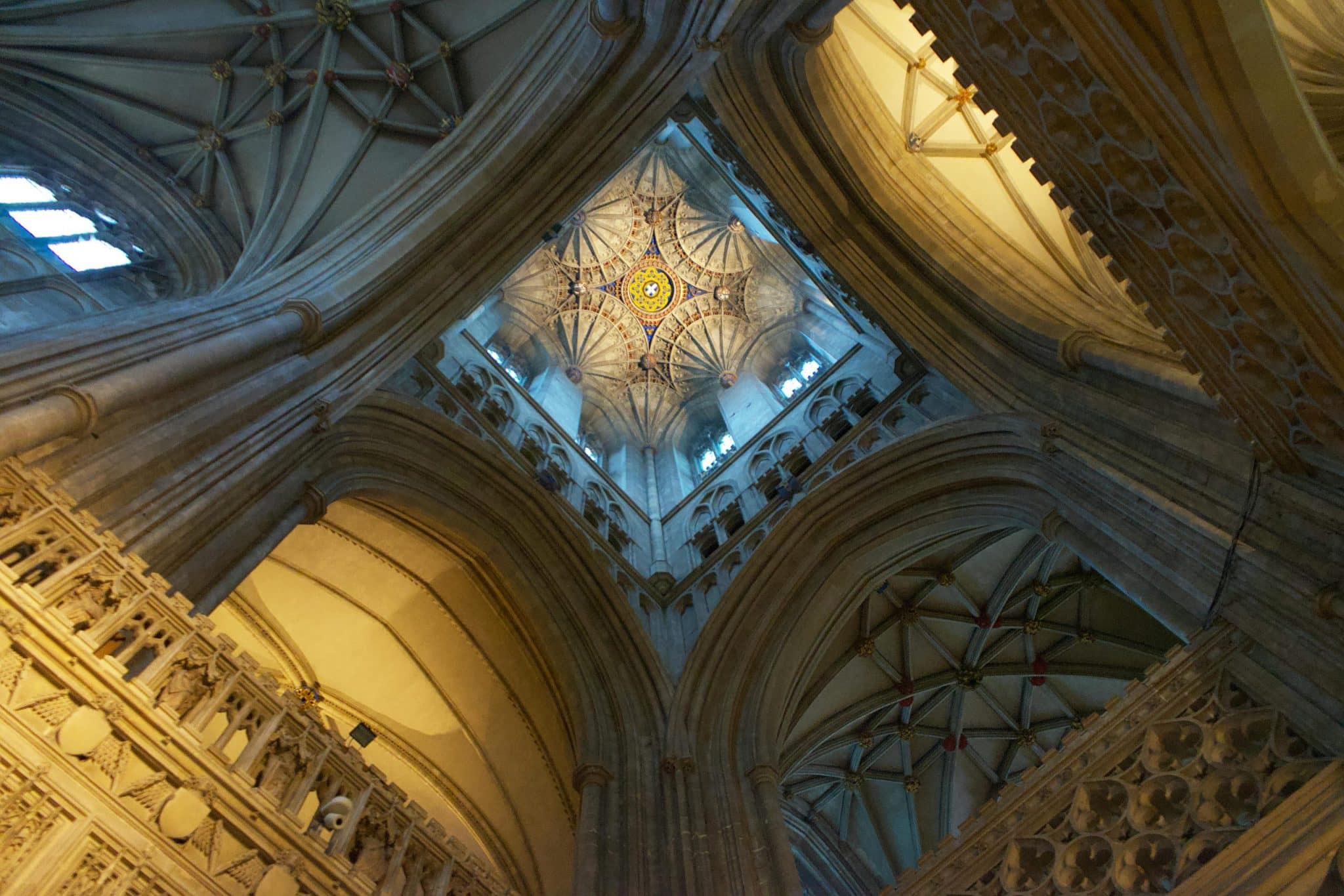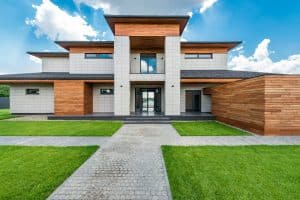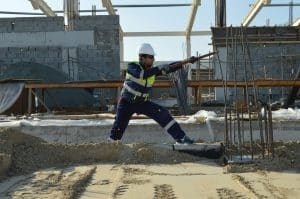Delhi’s Vertical Dharavi: Slum Redesign via Micro-Unit Stacks
Delhi, with its bustling streets and colorful markets, is often seen as a symbol of India’s rapid modernization and economic growth. Yet, amidst the glitz and glamour, lies a haunting reality – the city’s slums, where over a million people live in extreme poverty and squalor. One of the most prominent of these slums is Dharavi, often described as Asia’s largest slum. However, a new trend is emerging in the city, one aimed at transforming Dharavi from a horizontal maze of shacks to a vertical, more livable community – the micro-unit stacks. In this article, we will explore the concept of Delhi’s Vertical Dharavi and how it is redefining the way we think about slum redesign.
The Challenges of Dharavi
Sprawling over 535 acres, Dharavi is a labyrinth of narrow lanes and overcrowded homes, housing a staggering population of more than a million people. The slum, which dates back to the 1880s, is home to a diverse mix of people, including small scale industries, migrant workers, and even some of Mumbai’s richest slum landlords. However, the conditions in Dharavi are far from ideal – lack of basic amenities like sanitation, hygiene, and water supply are the norm, and overcrowding is a persistent issue. Moreover, the narrow alleys and tightly packed houses make it an epidemiologist’s nightmare, as the slum is exceptionally vulnerable to the spread of diseases like cholera and tuberculosis.
The Rise of Micro-Unit Stacks
In recent years, planners have been exploring ways to transform Dharavi into a more livable community without displacing its residents. One of the most innovative solutions that has been proposed is the concept of micro-unit stacks – multi-story buildings that offer small, affordable apartments to the slum dwellers. These micro-units, ranging from 100 to 300 square feet, are designed to cater to the specific needs of the residents, who are mostly low-income earners. The idea behind this concept is to create vertical housing that is affordable, sustainable, and culturally sensitive to the slum’s residents.
The Advantages of Micro-Unit Stacks
The micro-unit stack system comes with a host of advantages that make it an attractive solution for slum redesign. Firstly, it offers a sense of ownership to the residents, who are used to living in cramped and dilapidated shacks. These micro-units, although small, are equipped with basic amenities like electricity, water, and proper ventilation. This not only improves the living conditions of the residents but also helps in reducing overcrowding, a significant problem in the slum. Moreover, the vertical design also allows for more open spaces, which can be used for public facilities like schools, parks, and community centers.
Challenges and Solutions
While micro-unit stacks are an innovative solution, they are not without their challenges. The primary concern is the lack of space in a crowded slum like Dharavi. To create vertical housing, the existing structures in Dharavi would need to be demolished, which is no easy task. Moreover, the cultural and social dynamics of Dharavi also need to be taken into consideration. For example, the traditional ‘chawl’ system, where multiple families live on the same floor, is deeply ingrained in the community and can be challenging to change.
To address these challenges, planners have proposed a phased approach to implementing micro-unit stacks in Dharavi. The first phase would involve constructing buildings in vacant or underutilized spaces, while residents living in the demolished areas would be offered alternative housing. This step would help gain their trust and support for the project. Moreover, to ensure that the social fabric of the slum remains intact, micro-units would be built to cater to specific communities, and streets and open spaces would be designed to promote social interaction and community engagement.
The Road Ahead
The concept of micro-unit stacks has gained significant support from both local and international organizations. The government of Maharashtra has given its approval for the vertical development of Dharavi, and the World Bank has pledged financial support for the project. More importantly, the residents of Dharavi have shown great enthusiasm and support for the project, which is a positive sign for its success. If successful, Delhi’s Vertical Dharavi could serve as a model for other slums across the country.
Conclusion
Dharavi’s story is a testament to the ingenuity and resilience of the human spirit. From a sprawling slum to a vertical, modern community, the transformation of Dharavi is a step in the right direction towards creating more livable cities. While the challenges are significant, the project offers a glimmer of hope to the residents of Dharavi and sets an example for sustainable development in India’s rapidly urbanizing landscape.










